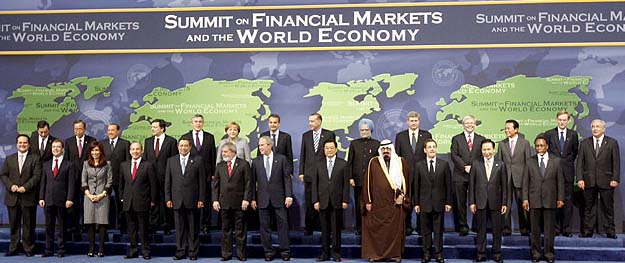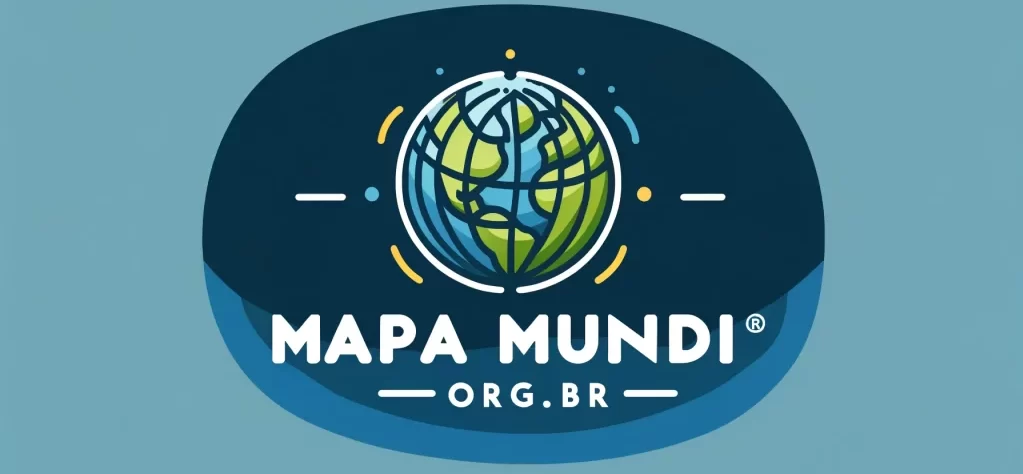
As constantes e cada vez mais impactantes crises financeiras que ocorrem desde as últimas décadas do século passado mostram que é necessária uma reforma da Arquitetura Financeira Global. Antes de entender o que isso significa, é importante saber o que é a arquitetura financeira global.
A arquitetura financeira global pode ser definida como um conjunto de acordos internacionais e de instituições internacionais que promove o fluxo internacional de capital com o objetivo de facilitar investimentos e financiar o comércio internacional. É a consolidação do trabalho coordenado (mesmo que de forma informal) de diferentes Acordos Multilaterais, Bancos Centrais e Organizações Intergovernamentais.
Dentre as características da arquitetura financeira global atual é possível destacar: (1) a tendência a uma mesma percepção sobre como o sistema regulatório deve operar para organizar os fluxos financeiros, e (2) o uso de instituições multilaterais como a melhor forma de se promover a discussão sobre os fluxos financeiros. Neste último caso, o Fundo Monetário Internacional (FMI) aparece com destaque.
Mesmo com esse aparente consenso em torno das regras fundamentais, as crises financeiras continuam aparecendo e são cada vez mais profundas.
Algumas discussões têm ocorrido para buscar alternativas à atual Arquitetura Financeira Global de forma a evitar que novas crises financeiras surjam. O G20 aparece como um dos espaços privilegiados para essa discussão. Desde seu aparecimento, uma das ideias do grupo era a criação de respostas e alternativas às crises financeiras que afetam diferentes países, buscando propostas de regulação alternativas às existentes. Ao mesmo tempo, por se tratar de um grupo, suas sugestões não são obrigatoriamente implementadas.
Outro espaço de discussão são os BRICS. É importante observar que os países que formam esse grupo não são os dominantes (com exceção da China, que abre espaço para discussão), no então todos apresentam influência sistêmica. Isso pois seu peso econômico e financeiro global pode facilmente criar um efeito dominó que afeta o sistema financeiro de forma global. Quando o grupo foi criado houve a explicitação de seu interesse no repensar da atual Arquitetura Financeira Global, mostrando o quanto esse tema é sensível também para os países que o compõe.
Ainda assim, o esforço atual para a reforma da Arquitetura Financeira Global tem se mostrado com baixo impacto. Para entender a razão para esses resultados tímidos, é importante entender qual é o papel do dólar na Arquitetura Financeira Global.
Na medida em que os fluxos financeiros dependem das moedas, é preciso que existam moedas fortes e estáveis nas quais os países possam fazer suas reservas internacionais, além de se valerem delas para a sustentação dos fluxos financeiros internacionais. Ainda que o Euro seja uma moeda relevante no cenário mundial, claramente o dólar é dominante. Muito das precificações mundiais são feitas em dólar, grande parte das transações comerciais internacionais são feitas em dólar. Isso faz com que o acesso ao dólar se mostre como algo fundamental.
A questão é que o papel do dólar vai além de ser a moeda de transação preferencial dentro da Arquitetura Financeira Global. O dólar também é um elemento de poder, possivelmente um tão importante quanto o poder militar. O conflito entre Rússia e Ucrânia e a forma como as sanções contra a Rússia foram construídas é um bom exemplo de seu poder. A suspensão do acesso à moeda, bem como o congelamento de reservas internacionais russas mostram esse outro uso do dólar.
Esse é apenas um caso simbólico da dependência dos países em torno do dólar como a grande moeda de reserva e transações internacionais. E, na medida em que há uma projeção de poder por meio do dólar, é mais fácil entender a razão pela qual há uma grande força contrária à reforma da Arquitetura Financeira Global. Não se trata apenas de criar mecanismos para evitar que crises financeiras ocorram, é preciso fazer isso mas garantindo a permanência do dólar como a grande moeda internacional.
Ações como a criação de mecanismos de pagamento direto entre países, sem que haja o envolvimento do dólar são movimentos importantes para diminuir sua centralidade. No âmbito do Mercosul e dos BRICS já foram desenvolvidos sistemas assim, mas ainda precisam ser aprimorados. É necessário que mais sistemas sejam desenvolvidos de forma a retirar a centralidade de uma moeda controlada por um Estado (portanto, passível de uso político).
Possivelmente não veremos nas próximas décadas uma reforma profunda da Arquitetura Financeira Global, mas é importante o desenvolvimento de alternativas a esse grande sistema.
Pós-Doutor em Competitividade Territorial e Indústrias Criativas, pelo Dinâmia – Centro de Estudos da Mudança Socioeconómica, do Instituto Superior de Ciencias do Trabalho e da Empresa (ISCTE, Lisboa, Portugal). Doutor em Relações Internacionais pela Universidade de Brasília (2007). É Diretor Executivo do Mapa Mundi. ORCID https://orcid.org/0000-0003-1484-395X
